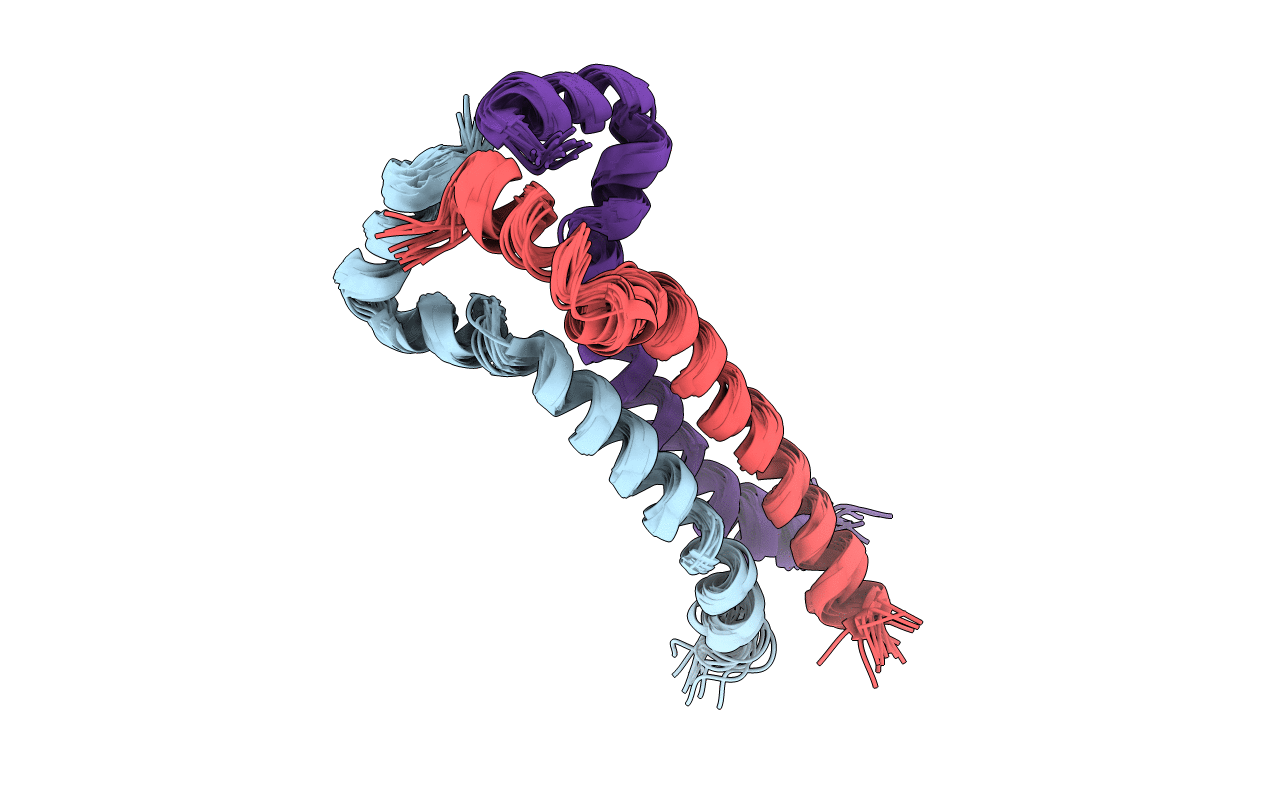
Deposition Date
2018-07-31
Release Date
2018-09-05
Last Version Date
2024-05-15
Entry Detail
Biological Source:
Source Organism:
Human immunodeficiency virus 1 (Taxon ID: 11676)
Host Organism:
Method Details:
Experimental Method:
Conformers Calculated:
150
Conformers Submitted:
15
Selection Criteria:
structures with the lowest energy


